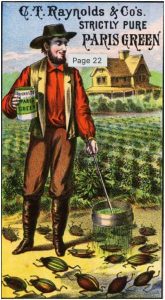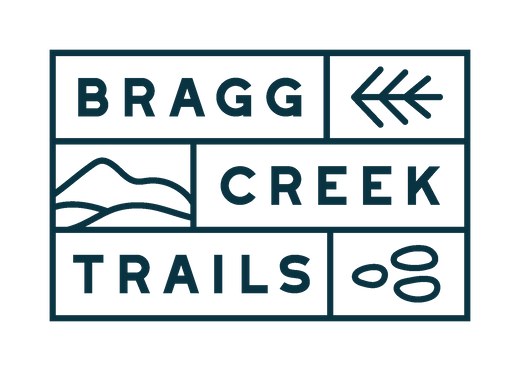Scary Wine Stories for Halloween
The ancient Greeks and later, the Romans fondly used poisoned wine to ride off political and social enemies. It was deemed an elegant way to solve delicate problems. In fact it was so widely used that it became a preferred method of executing high- ranking individuals. Such was the fate of Socrates who was condemned to commit suicide by poison – he chose poisonous hemlock in a glass of wine.
This practice however had its drawbacks. Water was undrinkable as it was polluted and wine could be poisonous. To quench their thirst, the art of making “Toasts” became a means of self preservation. Essentially the host would pour the wine in front of the guests, raise his or her glasses and take a sip wishing good health to her audience. Only then, would guests pick up their glasses and respond likewise.
As comforting as this practice was, the use of poison in food and drinks remained and a new protocol was soon necessary to safeguard one’s health. Enter the “Taster” – a new profession with a potentially short career. The Taster’s job was to taste the food and the drinks before they were served. If the Taster did not drop dead, the hosts and guests would dig in.
Today, poisoning others using wine is uncommon, but stories do surface that give pause. In 2012, a Hungarian winemaker near Budapest, frustrated by the ongoing theft of his wines, mixed antifreeze in some of his bottles. His plan was to “teach a lesson” to the thieves. Soon, his bottles were stolen, and an employee and his friends ended up in hospital. The employee died, and the friends recovered after an extended stay at the hospital.
Rendering wine poisonous was not always a conscious act though. Other practices deemed safe could have similar effects. Back in ancient Rome and until the mid 19th century, lead was routinely used in winemaking as it was found to give an impression of sweetness to it. Something that was appreciated in cold years when grapes would produce acidic wines. A common practice by the Romans was to use large lead cauldrons to slowly reduce grape juice into a delicious thick syrup. The syrup would then be used in wine making or in cooking. Interestingly, lead was also widely used to build aqueducts and distribute water to the populace. A factor some say may have contributed to the demise of the Roman empire.
In the middle ages and during the renaissance, the use of lead continued. Lead balls were placed in wine casks leaching its metal resulting in a sweet, luxurious sensation. So was drinking from lead-made vessels which was common. In the 17th century, the poisonous properties of lead were finally acknowledged. In particular between the use of “litharge,” a lead oxide and symptoms such as cramps, fever, complete constipation, jaundice, hand and foot drop, loss of speech, blindness, insanity, paralysis and eventually – death. Still, British farmers used lead weights in barrels to sweeten their cider until the late 19th century, and in France, lead musket balls improved wine as late as 1884.
However, if lead is harmful, arsenic is arguably worse. As a naturally occurring compound, arsenic is tasteless and odourless. In minute amounts it can be beneficial and was used in ointment for centuries to heal skin infections and cuts. Concentrates of arsenic however are highly poisonous. For that reason, it was found to be an excellent poison and pesticide.
 The arsenic based insecticide “Paris Green” (copper acetoarsenite) was introduced by French grape growers in the 1870s and widely used in Bordeaux to control insects and molds. It too became popular amongst American farmers to control the Colorado potato beetle and the tobacco budworm. Paris Green was also heavily sprayed by airplanes in Italy, Sardinia, and Corsica during 1944 and in Italy in 1945 to control malaria.
The arsenic based insecticide “Paris Green” (copper acetoarsenite) was introduced by French grape growers in the 1870s and widely used in Bordeaux to control insects and molds. It too became popular amongst American farmers to control the Colorado potato beetle and the tobacco budworm. Paris Green was also heavily sprayed by airplanes in Italy, Sardinia, and Corsica during 1944 and in Italy in 1945 to control malaria.
To top it all, arsenic has a long history as an ingredient in cosmetics and for making rich green pigments. A colour used to make paints and wallpapers. In short, much of the Western population would have been exposed to arsenic until recently.
The use of arsenic was gradually phased out of France, starting near and around the second World War. Incredibly however, it was only in the 1980s that its use as a pesticide was outlawed in the United States.
To conclude in the style of the famous Outer Limits television series…
“If lead and arsenic aren’t used today – what replaced them? Time and again winemaking practices deemed good, have been found to be lethal, but only too late. As we change our ways, are we vinifying safer wine? Have we learned? …Only time will tell.”
Happy Halloween!
Sources: Vintage by Hugh Johnson, Science Direct, Wine Enthusiasm, The Drink Business and more.
Renée Delorme
Sommelier
www.tastingpleasures.ca
403.200.9961
mail@tastingpleasures.ca
Indulge in the pleasures of private tastings



























